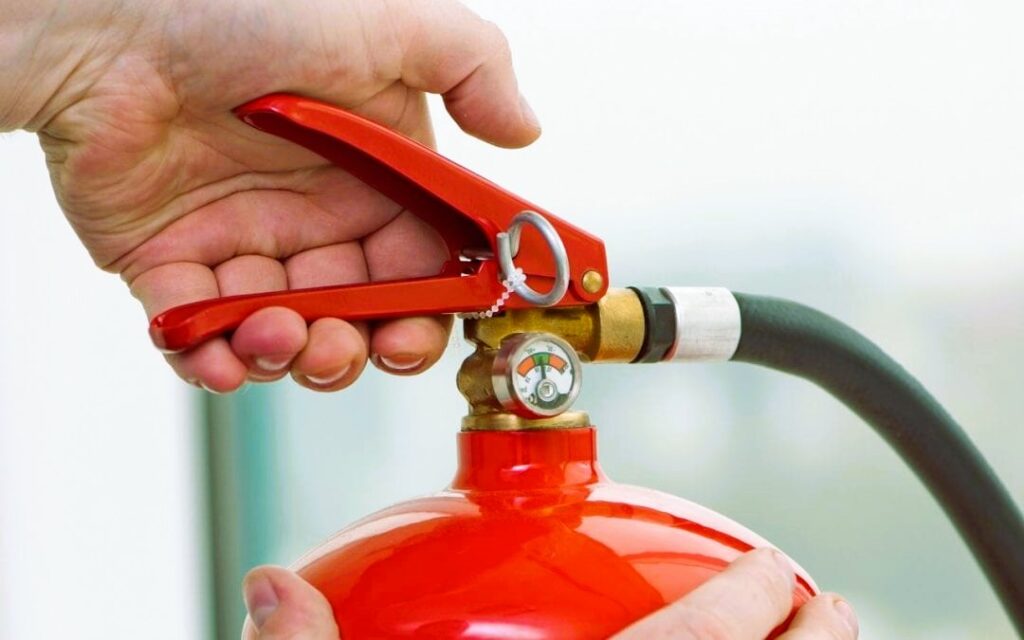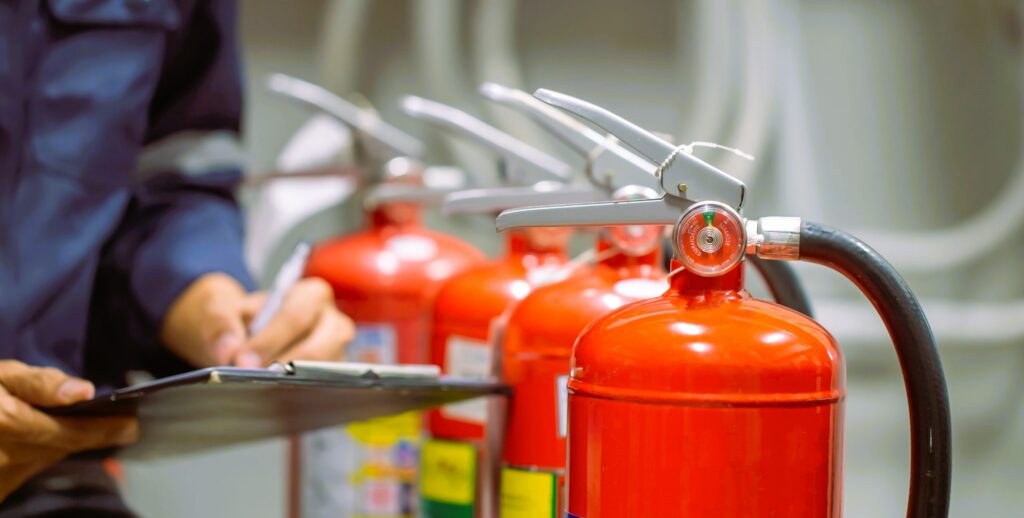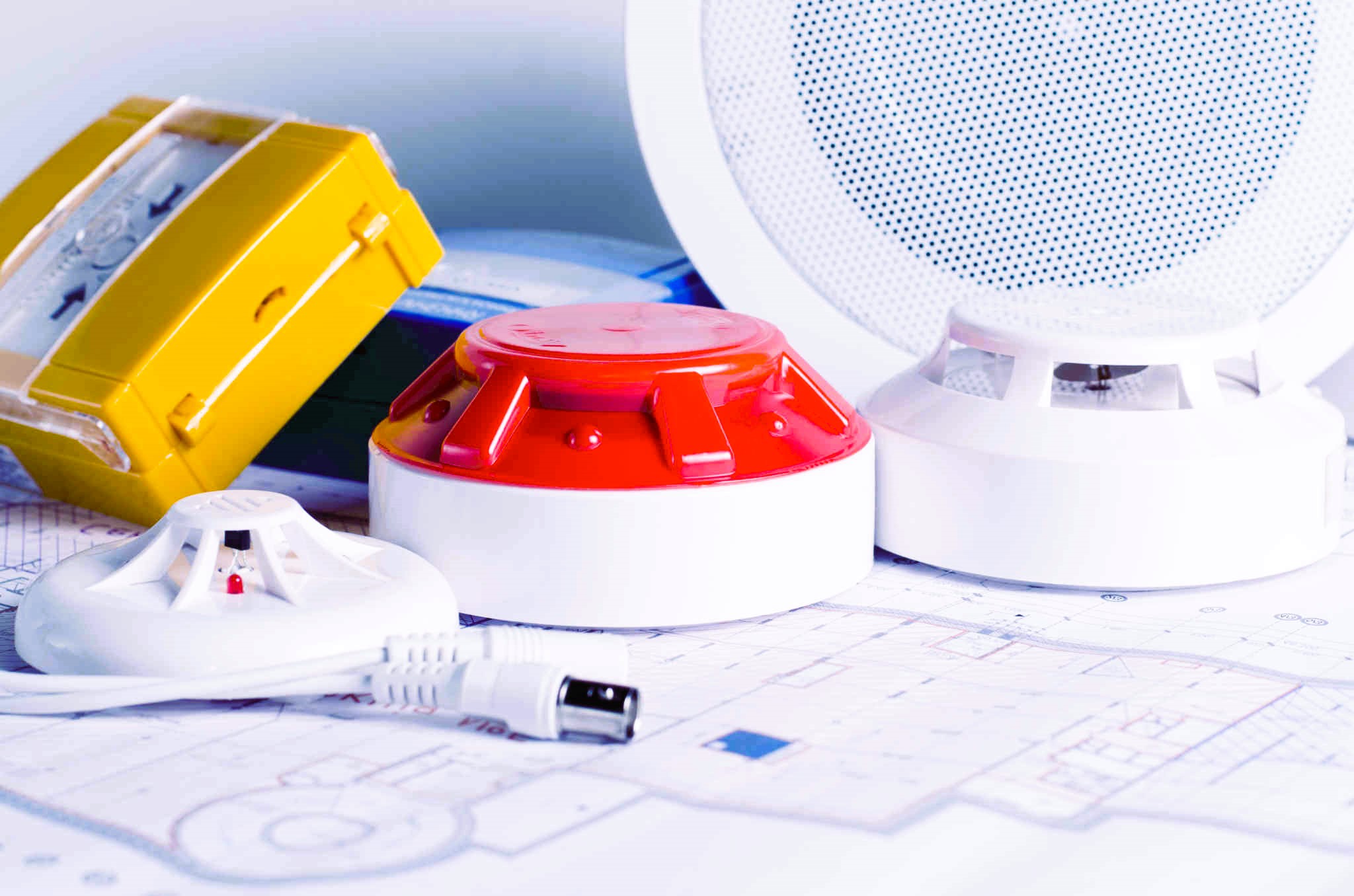Fire safety inspections are essential for safeguarding homes and families against the devastating consequences of fires. By identifying fire hazards, ensuring compliance with fire safety regulations, and implementing preventive measures, homeowners can reduce the risk of fires and protect their loved ones and property. In this article, we’ll explore the importance of fire safety inspections, common fire hazards found in homes, and strategies for enhancing fire safety to create a safer living environment for everyone.
The Importance of Fire Safety Inspections
Fire safety inspections play a critical role in preventing fires and minimizing their impact on homes and families. These inspections aim to identify potential fire hazards, assess the effectiveness of fire protection systems and equipment, and ensure compliance with fire safety codes and regulations. By conducting regular fire safety inspections, homeowners can:

- Prevent Fires: Identifying and addressing fire hazards before they escalate into fires can significantly reduce the risk of property damage, injuries, and fatalities.
- Protect Lives: Ensuring the proper functioning of smoke detectors, fire alarms, and fire suppression systems can provide early warning of fires and facilitate timely evacuation, saving lives in the event of an emergency.
- Preserve Property: Implementing fire safety measures such as fire-resistant construction materials, fire doors, and sprinkler systems can help minimize property damage and loss in the event of a fire.
- Comply with Regulations: Many jurisdictions require regular fire safety inspections for residential properties to comply with local building codes and fire safety regulations. Failure to comply with these regulations can result in fines, penalties, and legal liabilities.
Common Fire Hazards Found in Homes
Fire safety inspections often uncover a variety of common fire hazards that can pose risks to homes and occupants. Some of the most prevalent fire hazards found in homes include:
- Faulty Electrical Wiring: Overloaded circuits, outdated wiring, and damaged electrical cords can increase the risk of electrical fires, particularly in older homes.
- Improper Storage of Flammable Materials: Storing flammable materials such as gasoline, propane, and paint near heat sources or in enclosed spaces can create fire hazards and increase the risk of ignition. The benefits of regular maintenance checks for homeowners, read more here.
- Unattended Cooking: Leaving cooking appliances unattended, using flammable cooking oils, and placing combustible materials near stovetops can lead to kitchen fires, which are a leading cause of home fires.
- Blocked or Inoperative Smoke Alarms: Smoke alarms that are blocked by dust or debris, have dead batteries, or are past their expiration date may fail to provide early warning of fires, compromising the safety of occupants.
- Improperly Maintained Heating Systems: Furnaces, chimneys, wood-burning stoves, and space heaters that are not properly maintained or vented can pose fire hazards and increase the risk of carbon monoxide poisoning.
Strategies for Enhancing Fire Safety

To enhance fire safety and reduce the risk of fires in homes, homeowners can implement the following strategies:
- Install Smoke Alarms: Install smoke alarms on every level of the home, inside bedrooms, and outside sleeping areas. Test smoke alarms monthly, replace batteries annually, and replace the entire unit every 10 years.
- Create an Escape Plan: Develop a fire escape plan that includes multiple escape routes from each room, designate a meeting place outside, and practice fire drills regularly with all members of the household.
- Maintain Heating Systems: Have heating systems, chimneys, and vents inspected and cleaned annually by qualified professionals to ensure they are in good working condition and free of obstructions.
- Practice Safe Cooking Habits: Stay in the kitchen while cooking, keep flammable materials away from heat sources, and use caution when cooking with oils or grease to prevent kitchen fires.
- Clear Clutter and Hazards: Keep flammable materials, such as newspapers, clothing, and bedding, away from heaters and other heat sources. Clear clutter from corridors, stairways, and exits to ensure unobstructed escape routes in the event of a fire.
In conclusion, fire safety inspections are crucial for protecting homes and families from the devastating effects of fires. By identifying and addressing fire hazards, ensuring compliance with fire safety regulations, and implementing preventive measures, homeowners can reduce the risk of fires and create a safer living environment for everyone. For more information on fire safety inspections and fire prevention strategies, visit Fire safety – Wikipedia.

